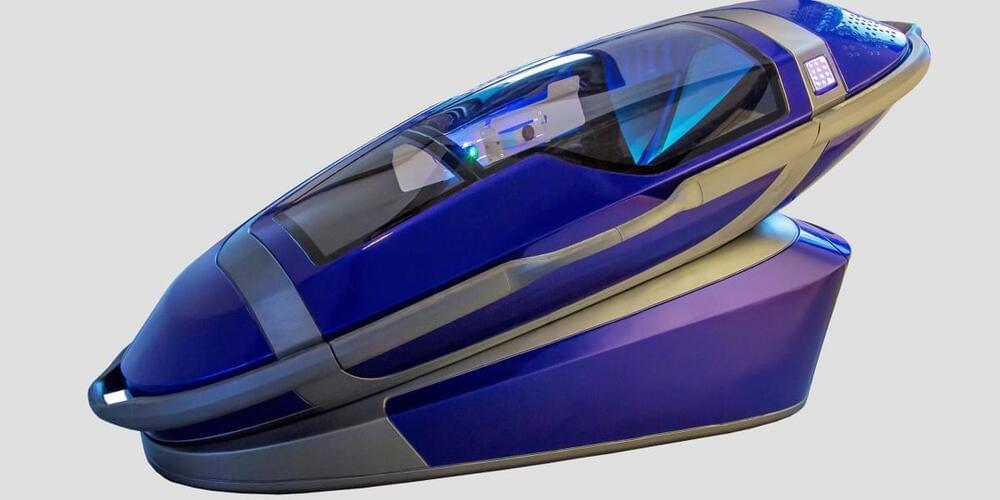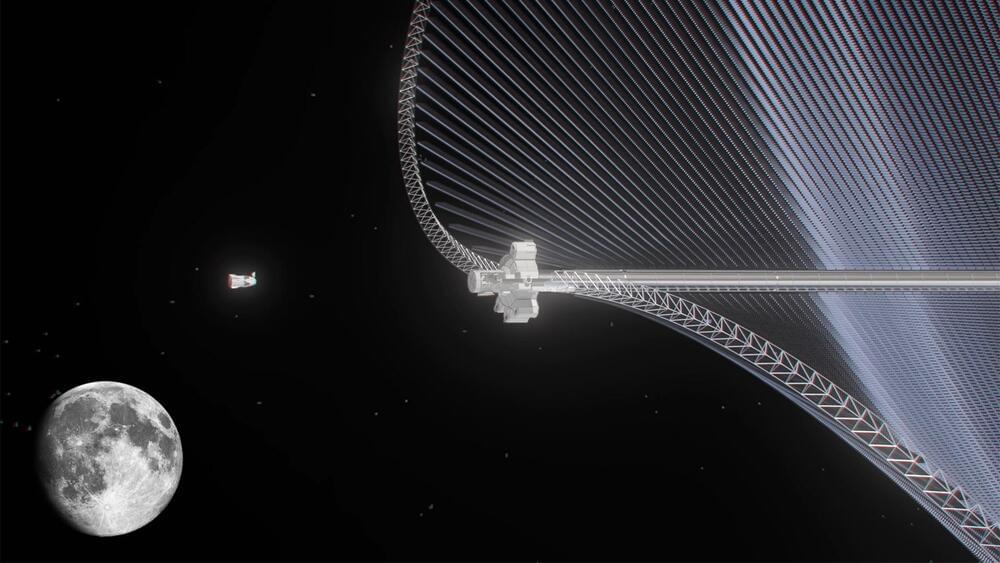It should be ready by the end of 2024 but can we take Musk’s word at face value when it comes to deadlines?
Tesla CEO Elon Musk has committed to spending a billion dollars to build the Dojo supercomputer over the next year, Bloomberg.
The FSD on Tesla is offered as a feature in “beta mode”, meaning it is far from being the advanced driver-assist system that Musk has declared it to be. Tesla has occasionally provided updates on the software, but many have pointed out the flaws in the design and how it cannot be trusted.




